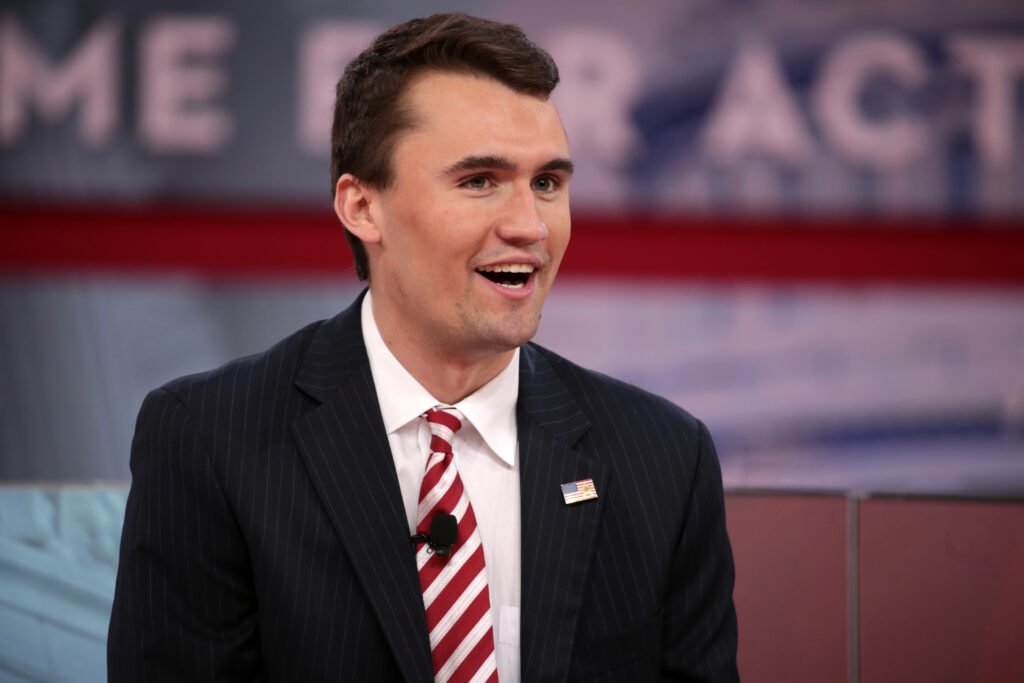News
Seeing Trauma: What Charlie Kirk’s Death Reveals About a Nation in Conflict
On September 10, 2025, America was shaken by the assassination of Charlie Kirk—a leading right-wing commentator and founder of Turning Point USA—while he spoke at Utah Valley University. What followed wasn’t only national shock, but a visible unraveling of tensions and trauma woven deep into the culture. The polarized reactions, public grief, and social media onslaught that ensued reveal troubling truths about how the country metabolizes violence, politics, and the lived experience of ordinary citizens.

The Shooting and Its Shockwaves
Kirk was killed by a single shot from a nearby rooftop, in full view of a crowd of nearly 3,000 students and attendees. Tyler Robinson, a 22-year-old Utah resident, was later charged with aggravated murder. The incident is under investigation as authorities piece together Robinson’s motives, which some officials have linked to “leftist ideology,” but the broader pattern of political violence remains under scrutiny.
The immediate aftermath saw thousands not only fleeing in terror, but also joining the ranks of Americans who have witnessed gun violence firsthand—an estimated one in fifteen, according to recent studies. The trauma extends beyond victims, rippling through communities and campuses.
A Culture of Polarization
Much of the reaction to Kirk’s death typifies America’s deep divide. On one side, conservative voices immediately called for revenge, framing Kirk as a martyr and symbol of political persecution. On the other, some progressive reactions were indifferent or even celebratory, reflecting the anger Kirk’s rhetoric often provoked—particularly on issues of race, gender, and gun rights.
Social media accelerated these reactions, with inflammatory memes and posts (“This is war!”) blurring lines between outrage, grief, and vengeance. Experts warn that this normalization of violent rhetoric online—often justified as free speech or political humor—risks fueling a destructive cycle that corrode empathy and deepen mistrust between groups.
Trauma and the “Patchwork Quilt” of American Gun Culture
The episode highlights complicated American attitudes toward guns. Kirk himself championed broad gun rights, insisting that some deaths are the “price of freedom.” Yet, like many in the pro-gun camp, he struggled to reconcile calls for safety with the real-life toll of violence. For marginalized communities, the increase in gun purchases isn’t just political—it’s personal, a matter of self-protection in a climate of hostility and fear.
Leaders and experts stress the importance of public condemnation and national mourning to prevent violence from being normalized, yet many calls for peace are drowned out by demands for retaliation.
Educational Takeaways & Discussion Topics
- Empathy in Public Discourse: How should individuals and leaders respond to violence against even polarizing figures? What is lost when compassion is replaced by partisanship?
- Normalization of Violence: What are the dangers of glorifying or trivializing political violence through social media?
- Patterns vs. Isolation: Is this event an isolated tragedy or part of a broader pattern of politically motivated attacks in America?
- The Impact on Communities: How does public trauma—from witnessing violence, to living with its threat—shape civic engagement and mental health, especially among students and young people?
- Gun Culture and Responsibility: How can society balance gun rights and safety given the “patchwork quilt” of beliefs? What policies or attitudes must change to prevent further tragedies?
Conversational Topic
“Are Americans growing desensitized to violence, and what is the role of online dialogue in shaping our national response to tragedy?”
Encourage discussion around how media coverage, memes, and partisan echo chambers impact public reactions and potentially policy regarding political violence.